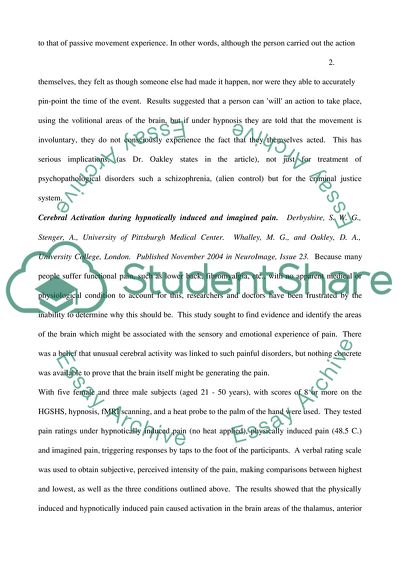Cite this document
(Pain in the Brain: It's Not What You Imagine by Jenny Gimpel Article, n.d.)
Pain in the Brain: It's Not What You Imagine by Jenny Gimpel Article. https://studentshare.org/psychology/1704353-pain-and-the-brain
Pain in the Brain: It's Not What You Imagine by Jenny Gimpel Article. https://studentshare.org/psychology/1704353-pain-and-the-brain
(Pain in the Brain: It'S Not What You Imagine by Jenny Gimpel Article)
Pain in the Brain: It'S Not What You Imagine by Jenny Gimpel Article. https://studentshare.org/psychology/1704353-pain-and-the-brain.
Pain in the Brain: It'S Not What You Imagine by Jenny Gimpel Article. https://studentshare.org/psychology/1704353-pain-and-the-brain.
“Pain in the Brain: It'S Not What You Imagine by Jenny Gimpel Article”. https://studentshare.org/psychology/1704353-pain-and-the-brain.


